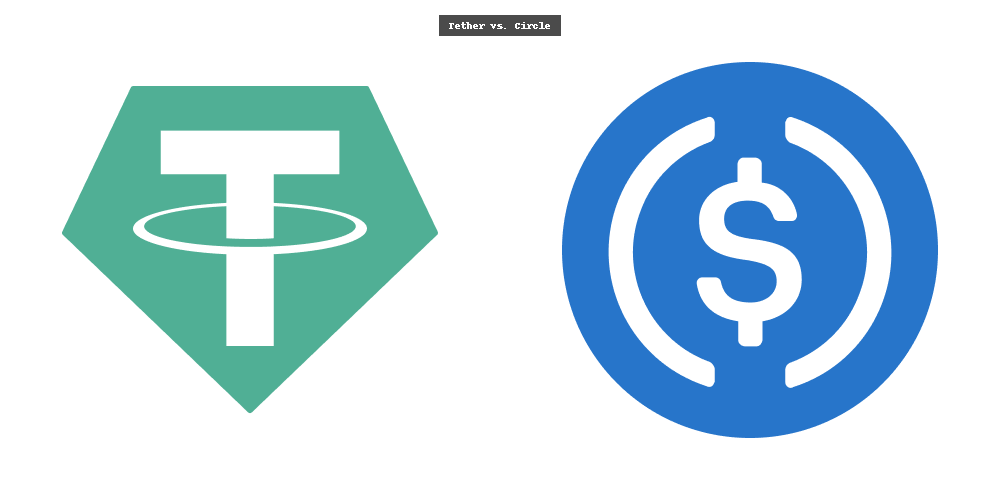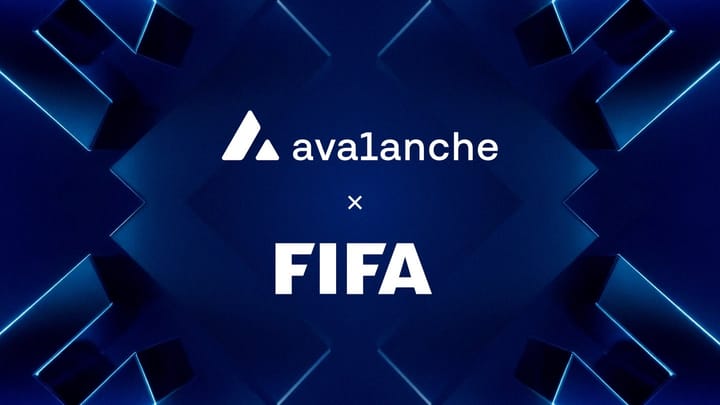Bridging AI and Blockchain: Opportunities and Risks
As artificial intelligence (AI) and blockchain continue to mature independently, the convergence of these two transformative technologies is becoming increasingly compelling. Combining AI with decentralized systems promises a powerful paradigm shift that could reshape industries, governance, and digital interactions. However, this intersection is not without its challenges and risks. Understanding both the opportunities and dangers is essential for developers, entrepreneurs, and policymakers looking to innovate responsibly.
Why Combine AI and Blockchain?
AI and blockchain are fundamentally different but potentially complementary. AI thrives on data, learning patterns and making predictions from vast datasets. Blockchain, on the other hand, excels at secure, transparent, and tamper-resistant data storage. Together, they can create intelligent systems that are not only automated but also trustless, auditable, and decentralized.
Key Use Cases at the Intersection
- Decentralized AI Marketplaces
Platforms like SingularityNET and Ocean Protocol allow developers and data providers to offer AI services and datasets on blockchain-based marketplaces. This opens up AI development to a wider audience while ensuring fair compensation and governance. - AI-Enhanced Smart Contracts
Smart contracts can be augmented with AI to make adaptive decisions based on data trends. For instance, a lending protocol could adjust interest rates using machine learning models based on borrower behavior and market conditions. - On-chain AI Inference
Protocols are beginning to explore running AI model inference directly on-chain or via decentralized compute networks (e.g., Gensyn, Bittensor, and OpenxAI). This enables verifiable and censorship-resistant AI predictions. - Data Provenance and Integrity
Blockchain ensures that the data fed into AI models is traceable and tamper-proof. This is especially important in critical applications like healthcare, finance, and legal tech where data integrity is paramount. - AI for Governance and DAOs
AI can analyze community proposals, flag harmful governance actions, or even automate repetitive decision-making processes within decentralized autonomous organizations (DAOs).
Benefits of the AI + Blockchain Synergy
- Trust and Transparency: Blockchain can ensure that AI models, data sources, and decision logs are auditable, increasing user trust in opaque algorithms.
- Data Sovereignty: Decentralized storage systems (e.g., IPFS, Arweave) allow individuals to retain ownership of their data while still participating in AI training or inference.
- Monetization of AI Assets: With tokenized incentives, developers can earn from their models, data, or compute contributions in a decentralized economy.
- Censorship Resistance: Hosting AI services on decentralized infrastructures prevents centralized control, ensuring free and open access.
Risks and Challenges
Despite the promise, merging AI with blockchain is not without hurdles:
- Scalability Issues
Running heavy AI computations on-chain is resource-intensive. While L2 solutions and rollups help, fully decentralized inference remains nascent and computationally expensive. - Data Privacy
AI requires large datasets, but putting sensitive data on-chain may violate privacy. Solutions like homomorphic encryption and ZK-proofs are in early stages and not widely adopted. - Model Provenance and Bias
It’s difficult to guarantee that an AI model trained off-chain is ethical, unbiased, or even safe. Decentralized AI doesn’t automatically mean responsible AI. - Token Speculation and Misaligned Incentives
Many AI-blockchain projects suffer from speculative tokenomics that prioritize hype over substance. This misalignment can lead to unsustainable ecosystems. - Security
Smart contracts integrating AI must be thoroughly audited. A malicious model or oracle feeding incorrect data can cause catastrophic outcomes.
Current Projects at the Frontier
- SingularityNET: A decentralized AI services marketplace that supports AI agents interacting via blockchain.
- Ocean Protocol: Focuses on decentralized data sharing and access for AI models.
- Bittensor: A protocol that incentivizes the training of AI models via a decentralized network of validators.
- Gensyn: Offers decentralized compute infrastructure specifically for training and running ML models.
- OpenxAI: A community-governed decentralized AI infrastructure enabling open-source model inference.
Developer Considerations
If you're a developer exploring this space, keep the following in mind:
- Use off-chain inference when on-chain compute is too costly, but verify results via cryptographic proofs where possible.
- Store models off-chain and hash them on-chain for provenance.
- Implement strong access controls and privacy protections around data sources.
- Beware of token design flaws; structure incentives around real utility and contribution.
- Prioritize explainability, especially in governance or financial contexts.
The Future of Decentralized AI
The future is promising but nuanced. A fully decentralized AI ecosystem would allow anyone to contribute models, offer compute, and access data without centralized intermediaries. However, achieving this vision requires solving significant challenges in verifiability, data security, and compute efficiency.
As protocols mature, we may see more robust primitives such as:
- ZKML (Zero-Knowledge Machine Learning) for private and verifiable inference.
- On-chain model registries for trusted open-source models.
- MEV-resistant inference protocols to prevent model manipulation in critical tasks.
Conclusion
The intersection of AI and blockchain is a frontier filled with opportunity and risk. By understanding the strengths and limitations of both technologies, developers can build systems that are not only more intelligent but also more transparent, equitable, and resilient.
As Web3 continues to evolve, AI will play a central role in automation and decision-making. Ensuring that these systems are open, decentralized, and aligned with user interests is not just a technical challenge but a societal imperative.
References
- SingularityNET Whitepaper
- Ocean Protocol Docs
- Gensyn Whitepaper
- OpenxAI Concept Paper
- Bittensor Docs
- Vitalik Buterin on AI + Blockchain Risks
MITOSIS official links:
GLOSSARY
Mitosis University
WEBSITE
X (Formerly Twitter)
DISCORD
DOCS



Comments ()